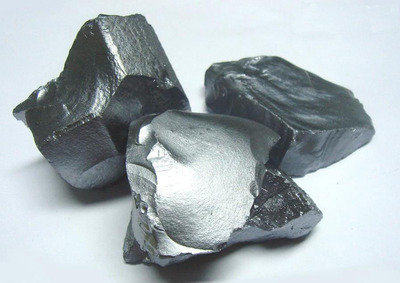In recent years, with the growing global demand for clean energy, the photovoltaic industry has ushered in rapid development. As the core material of photovoltaic technology, the application of silicon materials in solar cells has made continuous breakthroughs, especially the technological progress of high-efficiency monocrystalline silicon and polycrystalline silicon solar cells, which is driving the entire industry to develop in the direction of higher efficiency and lower cost.

Technological breakthroughs in monocrystalline silicon solar cells
Monocrystalline silicon solar cells have always been the mainstream product in the photovoltaic market due to their high conversion efficiency and long life. In recent years, with the popularization of PERC (passivated emitter and back contact) technology, the conversion efficiency of monocrystalline silicon cells has increased from about 20% to more than 24%. In addition, the introduction of TOPCon (tunneling oxide passivation contact) and HJT (heterojunction) technology has further promoted the efficiency improvement of monocrystalline silicon cells. TOPCon technology reduces carrier recombination by adding an ultra-thin oxide layer on the back of the cell, making the efficiency exceed 25%. HJT technology combines the advantages of crystalline silicon and amorphous silicon to achieve higher open circuit voltage and efficiency, and the laboratory efficiency is close to 26%.
1. Innovative development of polycrystalline silicon solar cells
Although the efficiency of polycrystalline silicon solar cells is slightly lower than that of monocrystalline silicon, its cost advantage makes it occupy an important position in the market. In recent years, the efficiency of polycrystalline silicon cells has been significantly improved through the improvement of diamond wire cutting technology and black silicon process. Black silicon technology reduces the reflectivity of light and improves the light absorption efficiency through surface nanostructure treatment, making the efficiency of polycrystalline silicon cells close to 20%. In addition, the combination of polycrystalline silicon and PERC technology has also achieved remarkable results, further narrowing the efficiency gap with monocrystalline silicon cells.
2. Impact of technological breakthroughs on the industry
The technological progress of high-efficiency silicon-based solar cells has not only improved the efficiency of photovoltaic power generation, but also reduced the levelized cost of electricity (LCOE), making solar power generation more economically competitive. According to the International Renewable Energy Agency (IRENA), the cost of photovoltaic power generation has dropped by more than 80% in the past decade, and the innovation of silicon material technology has contributed greatly to this. In addition, the popularization of high-efficiency battery technology has also promoted the rapid development of distributed photovoltaics and large-scale photovoltaic power stations, providing important support for global energy transformation.
3. Future Outlook
In the future, with the further optimization of silicon material technology and breakthroughs in new technologies such as perovskite-silicon stacked cells, the efficiency of solar cells is expected to exceed 30%. At the same time, the application of silicon materials in emerging fields such as flexible photovoltaics and building-integrated photovoltaics (BIPV) will also bring new growth points to the industry. It can be foreseen that silicon materials will continue to play an irreplaceable role in the photovoltaic field and promote the popularization and development of clean energy around the world.
In short, the innovative application of silicon materials in the photovoltaic field has not only promoted the advancement of solar cell technology, but also provided important support for achieving the global carbon neutrality goal. With the continuous breakthroughs in technology, the photovoltaic industry will usher in a broader development prospect.
To learn more, click here
https://www.siliconematerial.net/
